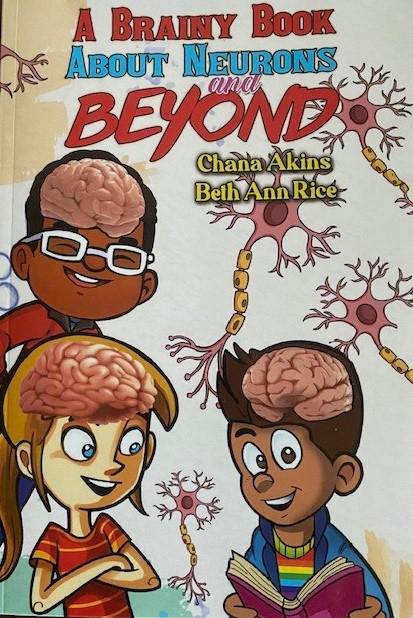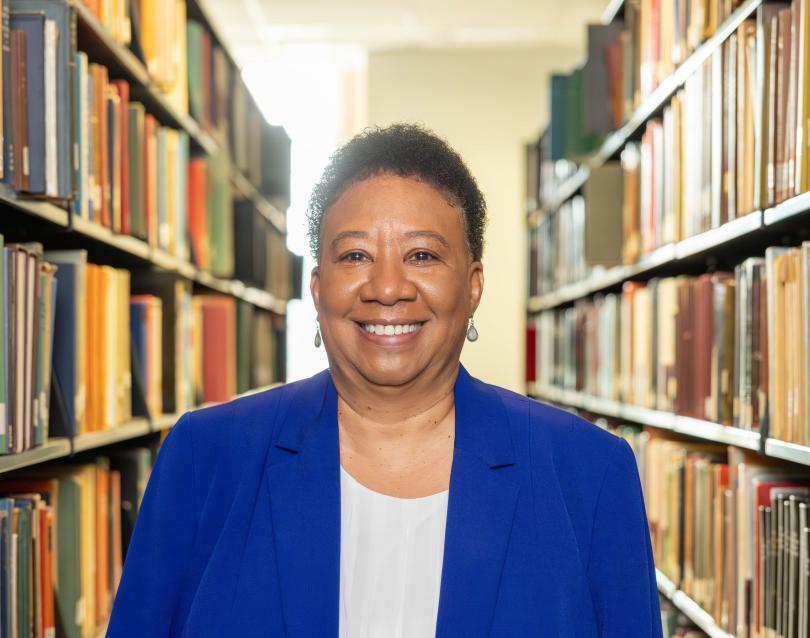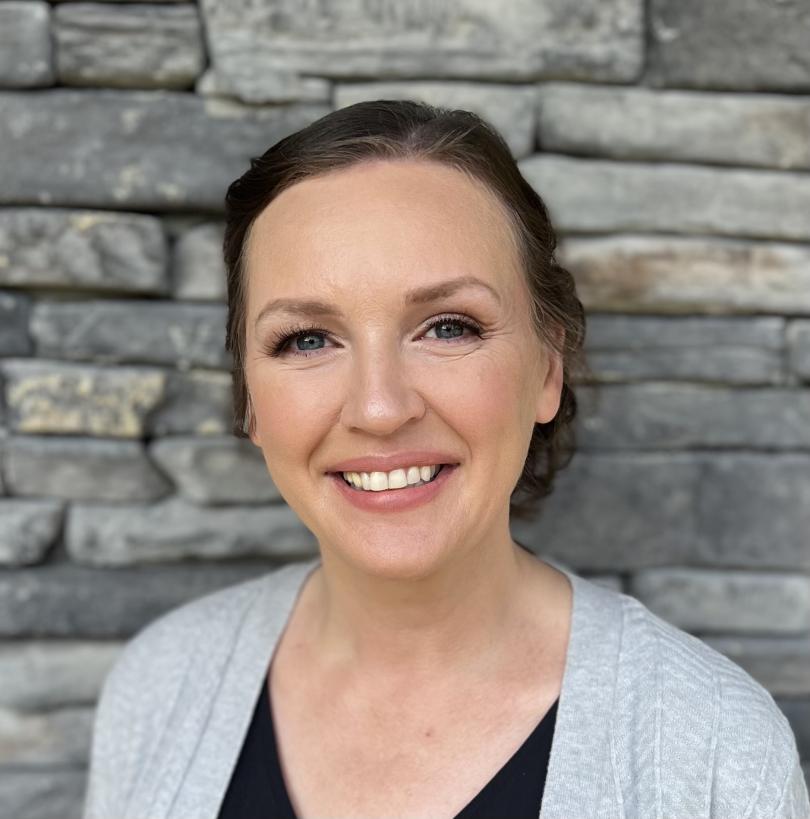By Richard LeComte

LEXINGTON, Ky. — Children may get on their parents’ nerves, but this new book helps kids understand how those nerves work.
University of Kentucky professor Chana Akins, Ph.D., and former doctoral student Beth Ann Rice have written “A Brainy Book About Neurons and Beyond,” a vibrantly illustrated children’s book that introduces young readers to the nervous system. Published by Austin Macauley in August 2024, the book offers a fun, foundational look at neuroscience for children ages 9 to 11.
“I believe it’s important for children to learn about how the brain works at an early age,” said Akins, professor of cognitive neuroscience in the Department of Psychology in UK’s College of Arts and Sciences. “They can start with a few basic concepts and get excited about it.”
Akins first thought of the book in 2015, when she was learning the ropes of children’s book writing. She reached out to Rice, her former graduate student, and current associate professor at Slippery Rock University in Pennsylvania.
“Beth Ann was the prime choice for me in terms of working with someone on this, because she had done some outreach,” Akins said. “She had the neuroscience background, and she and I had published together before. She also had an idea about who might be able to give us some feedback.”
“After Chana mentioned her interest, I followed up when I was established in my own teaching career,” Rice said. “From there, we worked through the challenges together, especially those posed by COVID, to bring Chana’s ideas to life.”
The pair collaborated with an Austin McCauley illustrator to ensure the drawings reflect the entire community the authors attended to address.

“We wanted children of all backgrounds to see themselves in the illustrations,” Rice said. “I know it was important to both of us that we had a lot of representation in the type of illustrations that were in the book.”
The book contains a number of interactive elements, including trivia and hands-on activities. “A Brainy Book aims” to make neuroscience accessible and engaging for younger audiences, but Rice said older children may also find new insights in its pages.
“When I do outreach in the community, I hear from high schoolers who haven’t learned the basics about the brain, such as the brain lobes, which are covered in the book,” Rice said. “The book makes neuroscience more relatable and easier to grasp.”
Akins also sees “A Brainy Book” as a resource that young readers can turn to as a handy reference item.
“Kids might have a question about the brain, and they can grab the book off the shelf and maybe find an answer,” she said.

The book has received feedback from UK’s NeuroCATS, a group of neuroscience students who bring brain education to local schools.
"The club’s president, who’s in one of my classes, shared that they love the book and are getting copies to use during their visits,” Akins said.
The book is also resonating with audiences beyond traditional classrooms. Rice’s daughter posted a TikTok about it, and Rice will present the book at an upcoming neuroscience teaching conference to promote its use in brain-awareness events.
“We designed activities with home-schooling and brain awareness weeks in mind, using materials most people already have at home,” she said.
